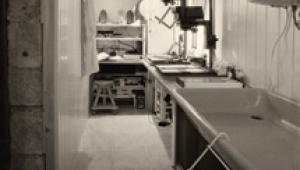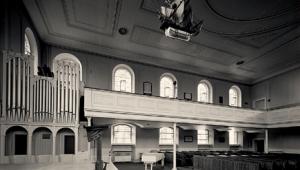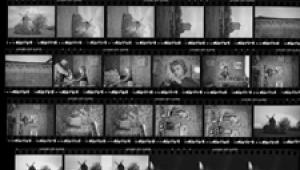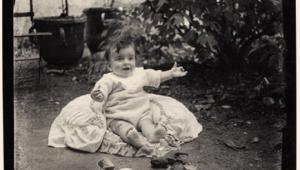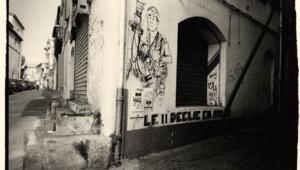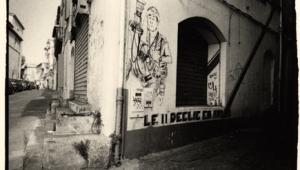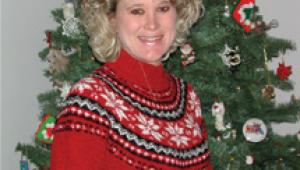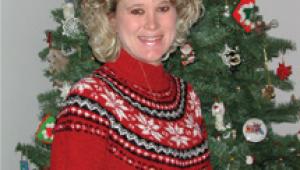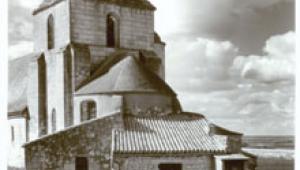I am very thankful to all your team for sharing such inspirational information.
Renaissance Artist - Raphael
The Darkroom
Printing From Glass Plates; It’s Definitely Worth The Effort Page 2
Rather than enlarge too far, I decided to print using a 5x7" image area in the middle of 8x10" paper. There were more than aesthetic reasons for this. Not all of the plates I was working with were bitingly sharp. I suspect this was less to do with the skill of the photographer, and more to do with photographing fast moving, lively children on slow film with slow lenses. Also, most emulsions were simply not designed for enlarging: they were grainy and unsharp, and the Pyro-Soda developer that most people used did nothing to improve this. When Kodak D76 appeared in the late '20s it was a revelation in the fine-grained stakes. The more you enlarge a negative, the more all of these faults will show.
 |
|
|
Rather than mask off the edges, which would have been standard practice when
these pictures were taken, I used the artifacts of the emulsion at the edge
of the glass as a frame around the images. On many of the plates, the emulsion
is lifting very slightly at the edge. This can be caused by poor processing,
poor storage (especially variations in humidity and temperature), or just age.
In extreme cases the plate may delaminate completely. The ones which had delaminated
I just didn't print.
There are instructions in old photographic books which tell you how to restore
delaminated and even cracked plates by floating off the emulsion and putting
it onto a new plate. If these had been my plates, and not someone else's,
I would have been tempted to try this, but it doesn't look easy. Before
attempting any restoration--even cleaning--it is worth making the
best print you can from the unrestored plate, in case things go wrong later.
If the plates are of particular historical value, do not attempt any restoration
yourself, at least without taking plenty of advice from experts.
I was astounded by the detail in the pictures I printed. For example, there
is a picture of a baby in a romper suit. A good tricoteuse (one who knits, especially
next to guillotines), looking at the original print, could probably work out
what kind of stitches were used to knit the clothes.
Of course it takes a long time to do silver-halide prints, and this was a collection
of 44 glass plates. So I decided to see how they would scan. In this particular
case, the answer was "very well." Using the transparency hood on
my Epson 1680, I scanned all but the most badly delaminated plates, made some
small inkjet prints, trimmed them with the deckle-edge printer, and gave them
to Genevieve along with six silver-halide prints in exchange for permission
to use some of the pictures in this column.
When scanning plates it is a good idea to lay a sheet of acetate over the bed
of the scanner to remove the risk of scratching. Also, place the negatives emulsion
down: the thickness of the glass can lead to a loss of sharpness. If your scanner
has adjustable focus, make sure that it is set at 0 (the face of the glass):
I have to override the Epson which always wants to scan negatives and slides
at +2.5mm to allow for the film carriers. You can try scanning the negatives
without a transparency hood, if you put a sheet of good white paper behind them,
but the results are rarely anything like as satisfactory.
My success in scanning these led me to try a couple of other ancient glass negatives
that I have acquired over the years, a half-plate (43/4x61/2") portrait
of a girl and a photograph of a church organ. Both are pre-World War II; I would
guess that the girl dates from the early '20s while the organ might be
as late as the '30s.
The former was reasonably successful, though the negative was filthy: I would
guess that half the CRUD (Corrosion Residue and Undetermined Detritus) dated
back to the original processing while the rest was acquired over the decades.
If you look at the scan of the church organ, though, you will see what happens
with a "bulletproof" negative: the scanner simply cannot chew through
it. So I made a contact print instead, and you can see the results.
With any plates, storage is a real concern. Genevieve's plates are currently
stored in two batches. Each batch is wrapped in white paper, probably writing
paper, and then kept in a cardboard box. Dark storage is important, and these
are certainly dark stored, but I doubt that the paper is acid- and lignin-free
or that the cardboard is lignin-free.
Light Impressions sell wrappers for glass plates in 4x5", 5x7",
and 8x10", but of course there are plenty of other sizes that may need
wrapping: the 645 plates I used, 6.5x9cm, 9x12cm, 13x18cm, and 18x24cm are only
the more common metric sizes, while imperial sizes include quarter plate (31/4x41/4"),
half plate (43/4x61/2"), whole plate (61/2x81/2"), and 10x12"
and 12x15". Then there are standard lantern slides at 31/4" square...
For these, any archival, acid-free wrapping material is a good idea.
Keep the slides at as constant a humidity and temperature as possible: changes
will cause the glass and the gelatin to expand and contract at different rates,
leading to much faster delamination. A moderate temperature--50-70Þ
Fahrenheit, 10-20Þ Celsius--and a low but not very low humidity (30-40
percent) are generally reckoned perfectly adequate.
Remember, too, that they are extremely fragile because of the thin glass on
which they are coated: they will snap if flexed and shatter if dropped. But
even so, it is worth taking them out and printing them. Otherwise, why keep
them?
- Log in or register to post comments

No one in the world is able to aid you with papers completing better than famous writing service can do. Hence, that is ok if you buy essay papers "bestcustompapers.com" from the reliable custom company.
www.nationalacademiespress.com

Thank you for the information you share, this information is very useful for me ...
I hope you also read my article .... "Baby Gender".

Hopefully with his existing article that you write can be useful for the readers ...
"Cream Anisa".

While reading I have feel that this blog is really have all those quality. Keep sharing such excellent post like this in future too. Thanks for posting this. http://calibreworks.com
web-design-jakarta

Our dedicated home theaters are conceived to deliver superior audio and video performance within a repeatable process. Our packages are chosen for room size and/or budget, and then every system is engineered for that specific room, delivering the best possible performance. We design, sell, install, program and calibrate custom made high-end home theaters using top end audio and video systems and equipment

Pretty adequate post. I merely stumbled aloft your web log and basic to say that I acquire extremely enjoyed annual your web log posts How to determine baby gender

hello there and thank you in your info ? I’ve certainly picked up something new from right here.
Shuvo,
Clipping Path

Nice Blogs and Thanks for sharing
_________________________________
